lyle_destroys
WKR
I honestly don’t understand why they are so against nuclear energy.
Follow along with the video below to see how to install our site as a web app on your home screen.
Note: This feature may not be available in some browsers.
What general area is this? I’m in Texas. So far online calculators show 15 years to pay for it. Don’t know if I will be interested or not.

I have been around the construction of a few these now, and this has not been my experience at all. I'm seeing projects 800-1,200 acres in size, and they are replacing rice fields and river bottom farm ground pretty far from any interstate highways.These solar farms generally go up near high traffic highways so as long as they fund some wildlife overpass deals I think it would net out versus fossil fuels.
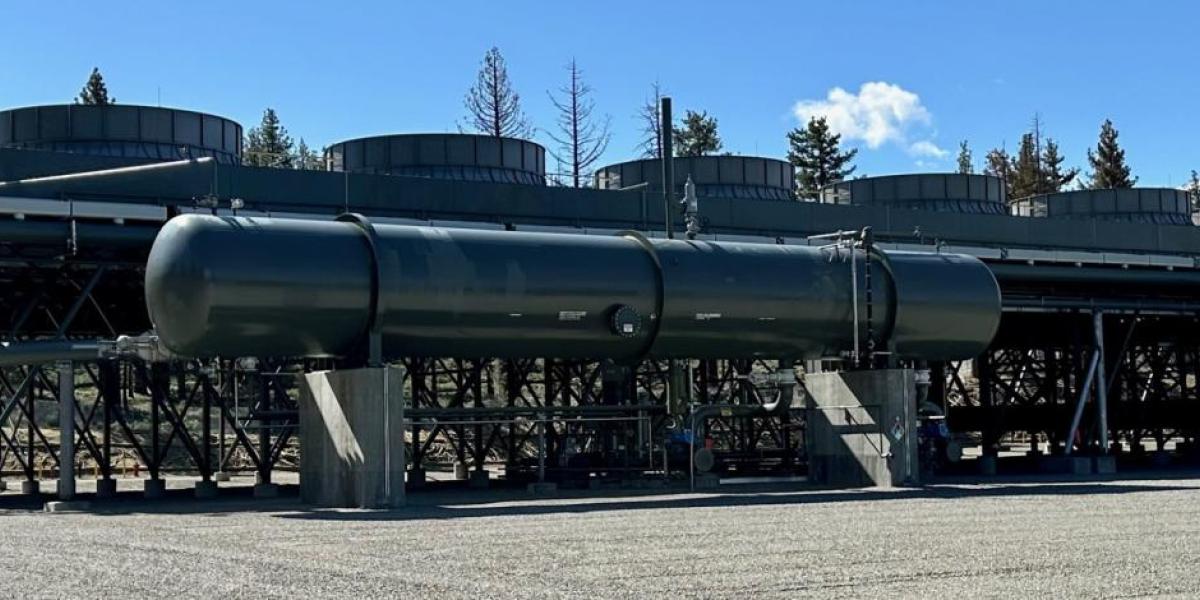

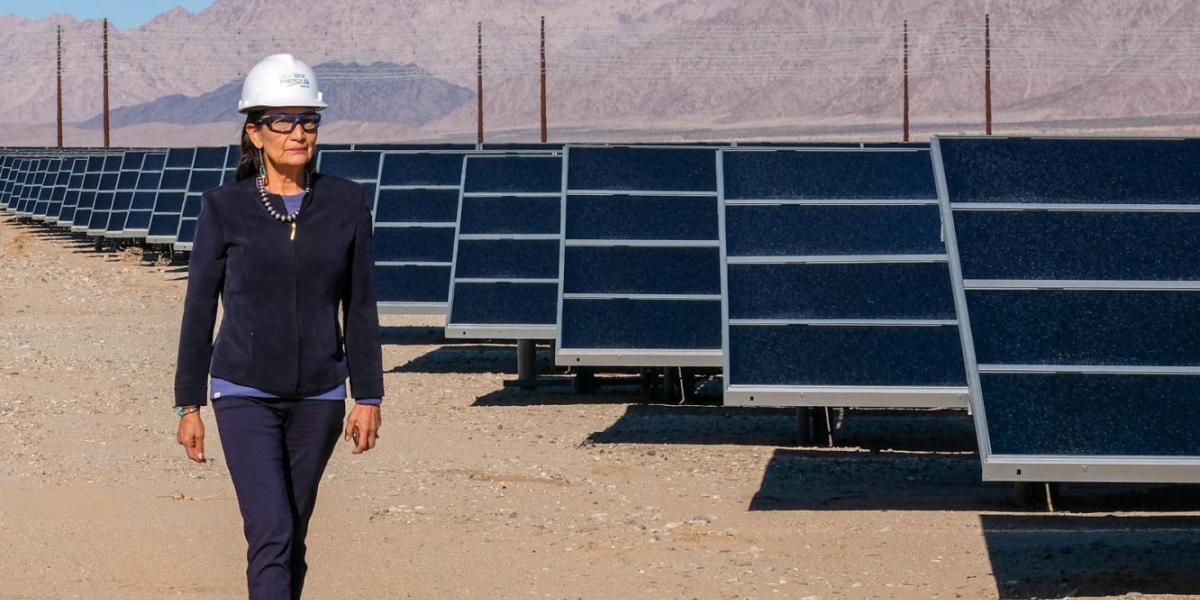
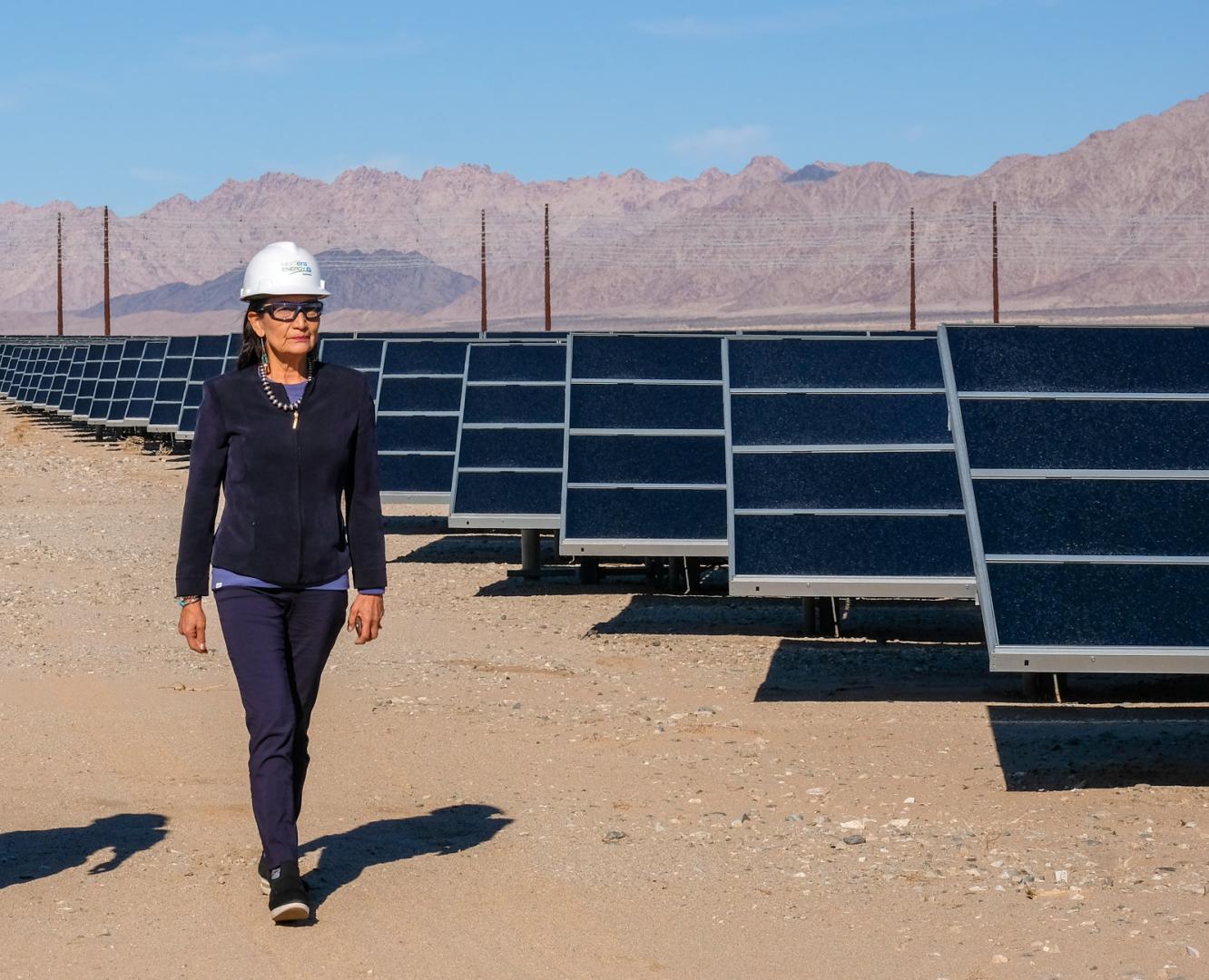
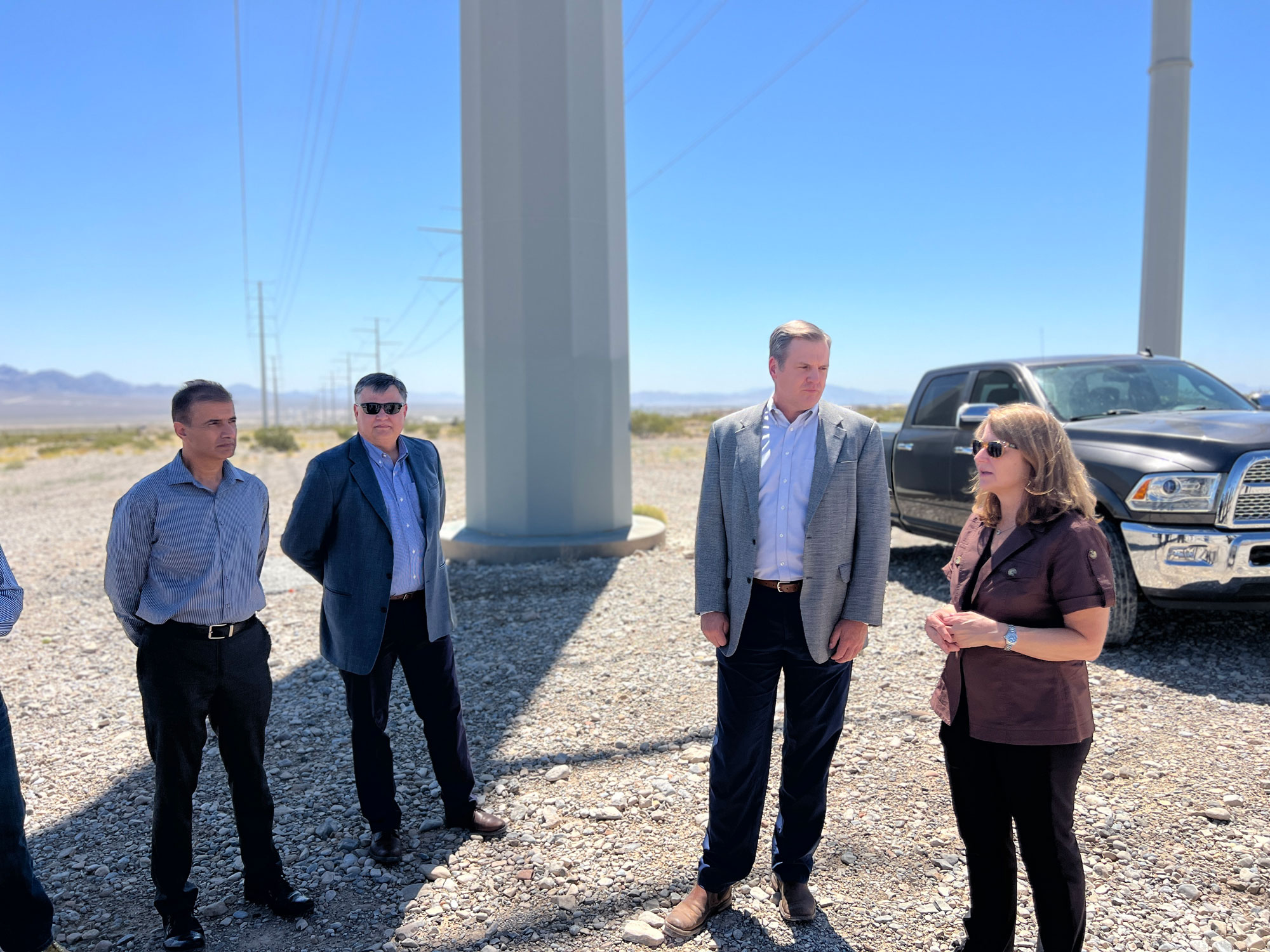
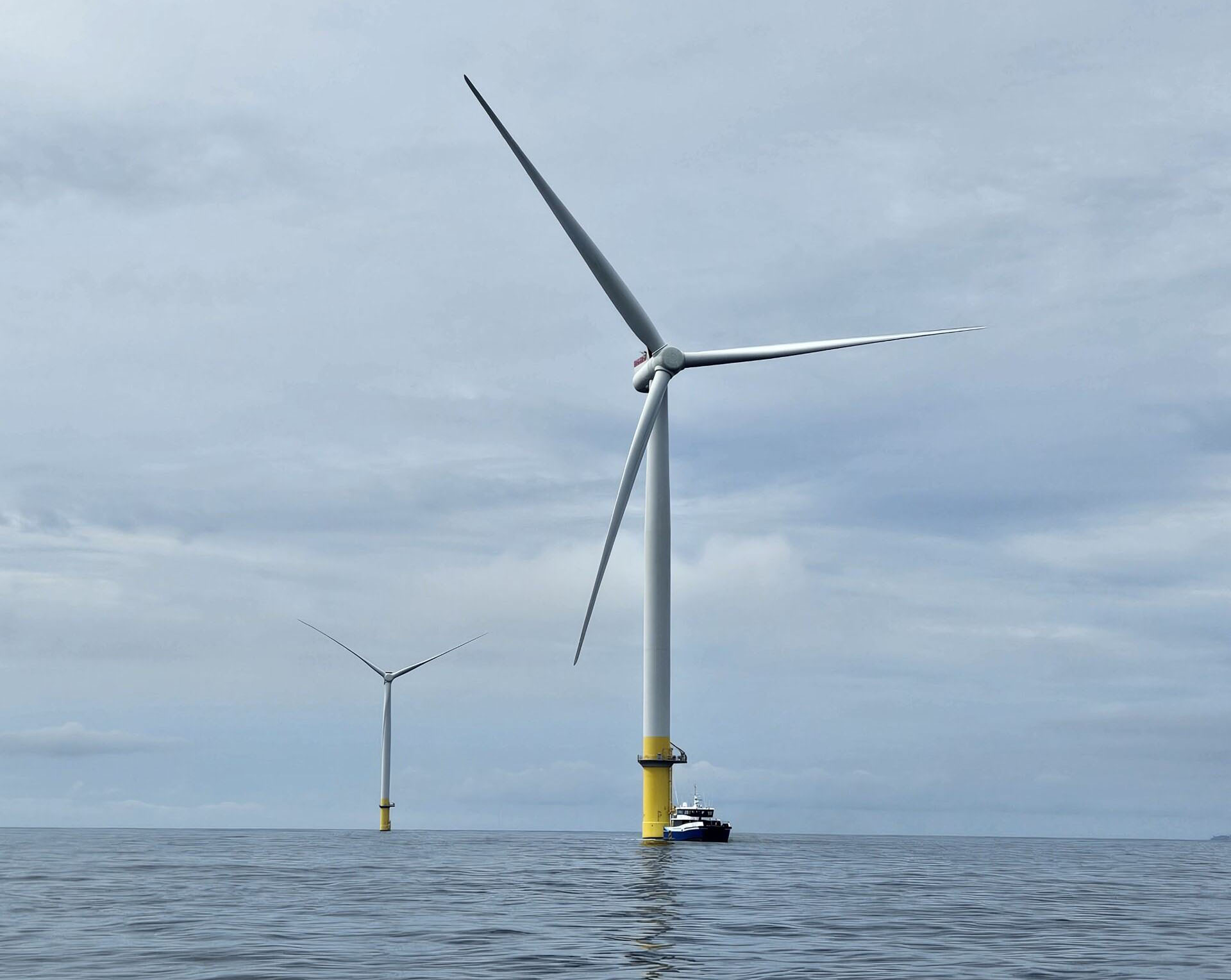
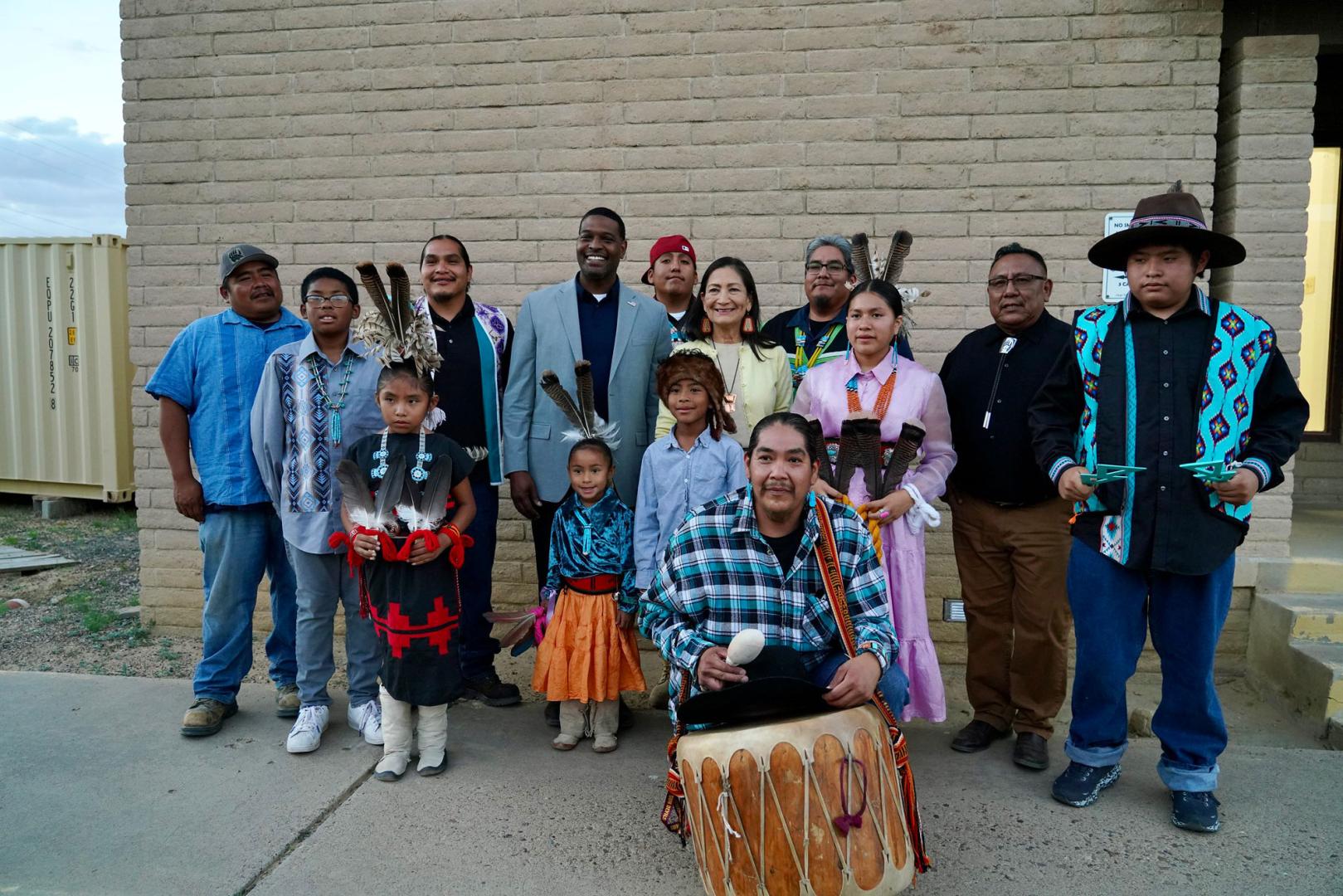
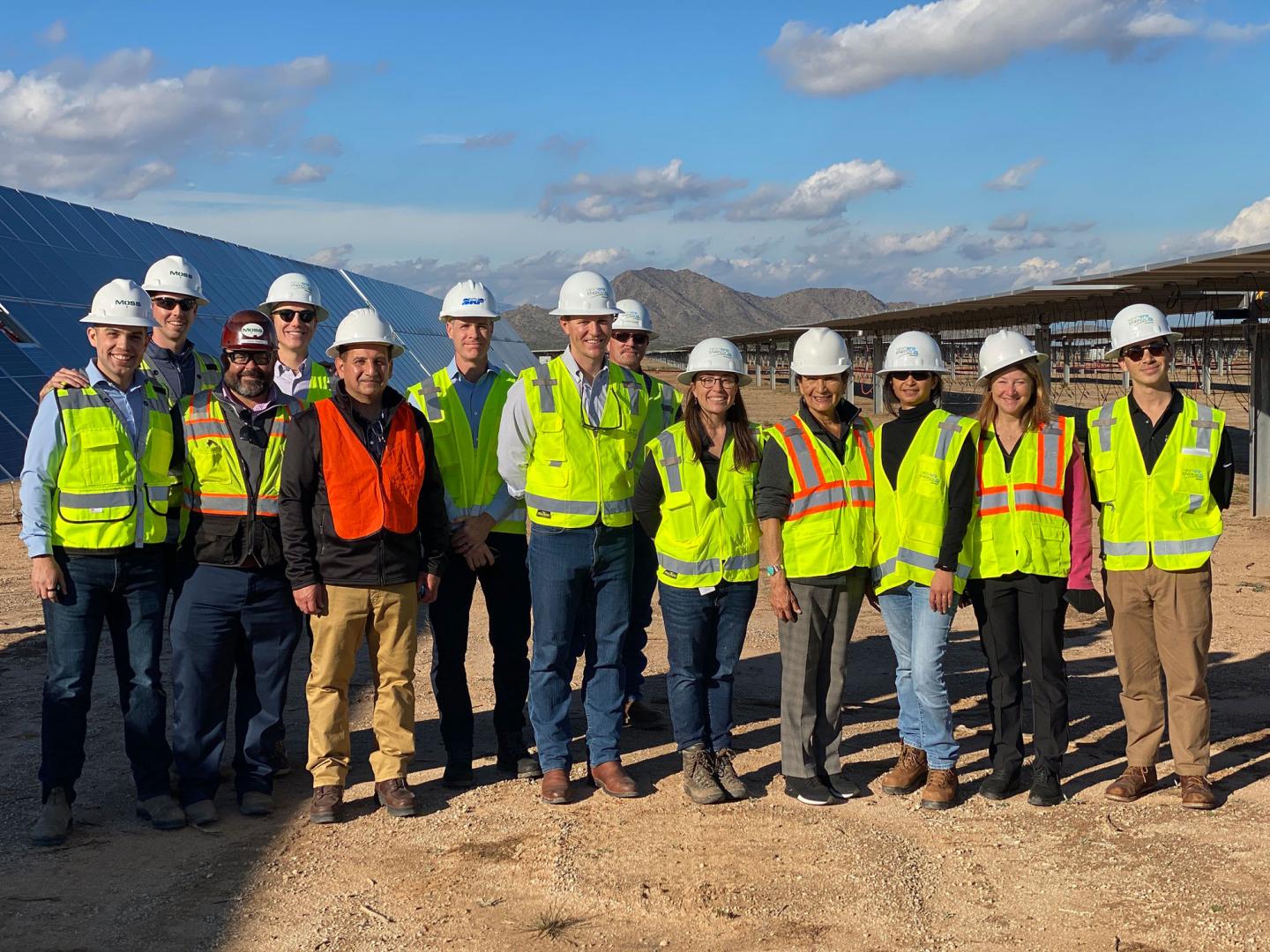
Yep I don't understand why theyse solar farms can't be placed in parking lots etc. Covered parking and produce energy without the destruction of habitat left and right.Reducing the "carbon footprint" through outright habitat destruction.
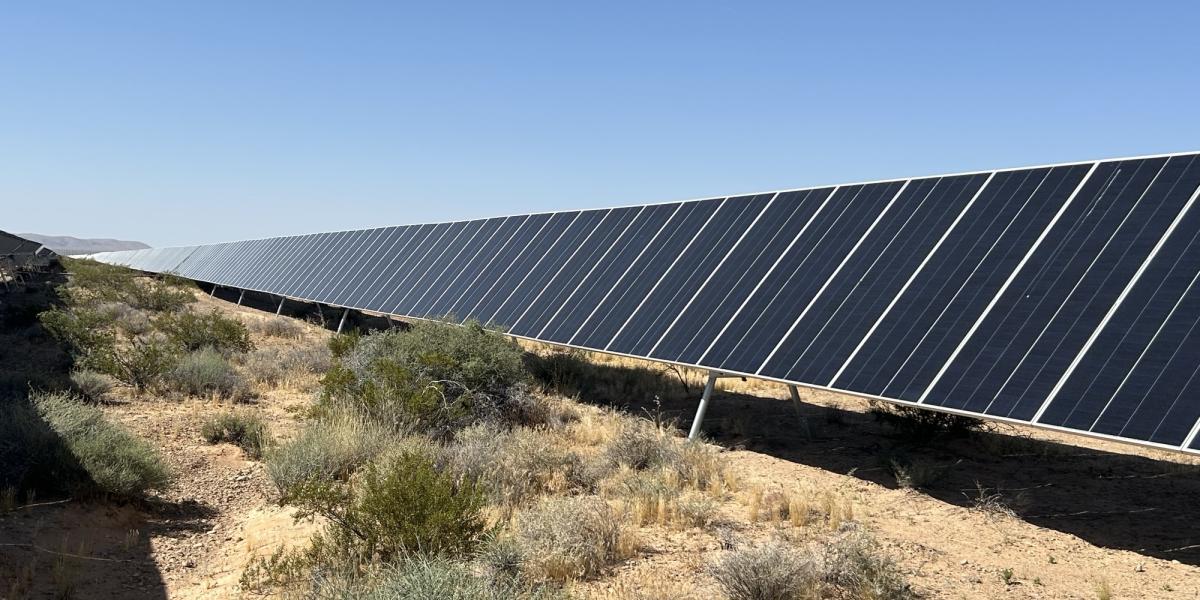
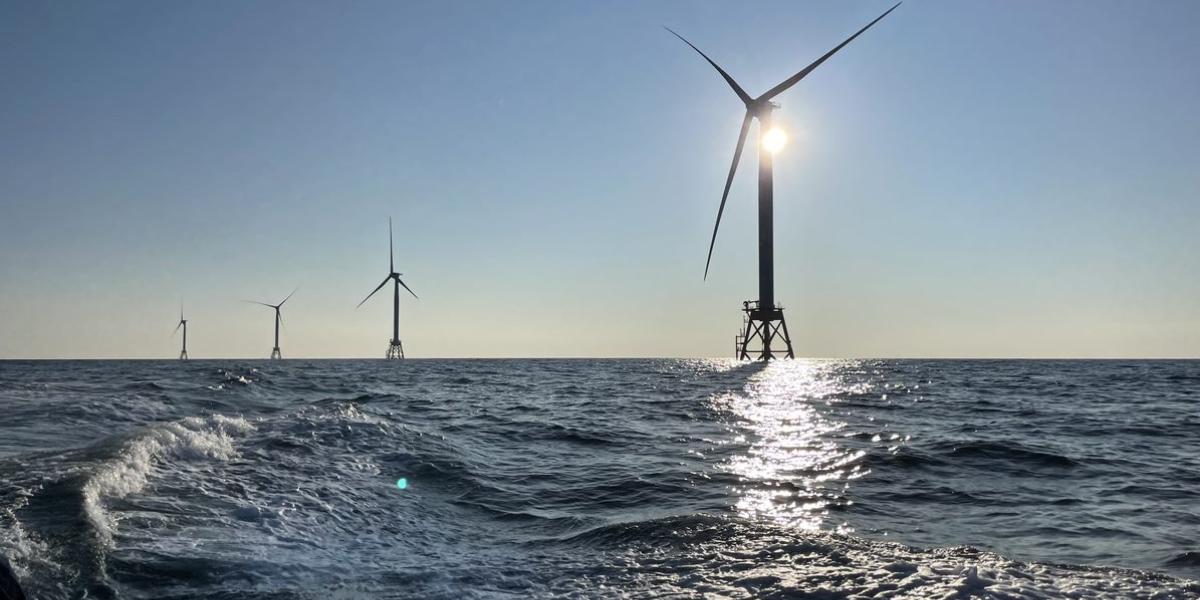
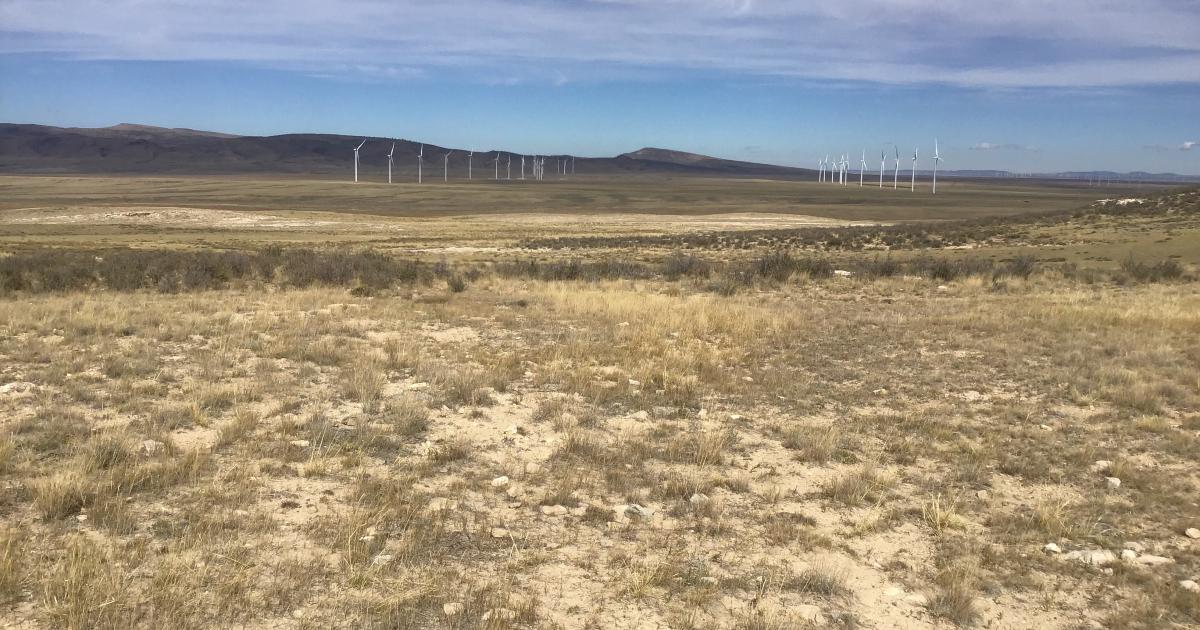
This would require the government to actually create something on their own, which they are totally incompetent at now (e.g. nasa). Much easier, and politically more beneficial, to cut checks for play money to lobbyist and campaign donors. R’s do the same thing with fossil fuel.I honestly don’t understand why they are so against nuclear energy.

Our power grid is not engineered to accept the level of inputs from every household having its own panels feeding into it. It’s not designed that way. It also not an efficient way of utilizing resources to create more power. Doesn’t mean there is no case to be made for going off the grid and simply producing your own power. Not a huge market for people that want to do that, though as most want to backfeed power and get some return for it.this is something i hear people say a lot. an engineer that is competent with electric grids could explain it better but unfortunately this wont really work the way people think. The sporadic nature of small systems and fluctuation in load and that sort of stuff makes this implausible for the foreseeable future. its not just a matter of giving everyone a panel. a small panel on every roof feeding small amounts of current back into the system to power a large grid of users is nothing but a pipe dream.
now a small panel to help with 25% of a single houses electric or something. that works.
Currently existing nuclear plants don’t have many options to dispose of their nuclear waste. So as I understand it they are holding onto it waiting for solutions to develop. I see that as the primary issue with developing more nuclear. Nowhere to store the waste and no state, city, county wants it getting shipped through their jurisdiction and risking a disaster. Once stored it’s toxic for centuries. There is research ongoing to overcome the challenges to nuclear but they require massive investment with no guaranteed return. Private capital is working on it as well as government but private needs government to help fund it.I honestly don’t understand why they are so against nuclear energy.
Yelp solar is dead around us, I’m itching for it to die. neighbors saw the light, they have one year left on option lease. If its not exercised , they will never sign again,Both wind tower projects around here have been put on hold with a third one that is dead.
If voting mattered it would be illegalVote appropriately or stop complaining about it.
